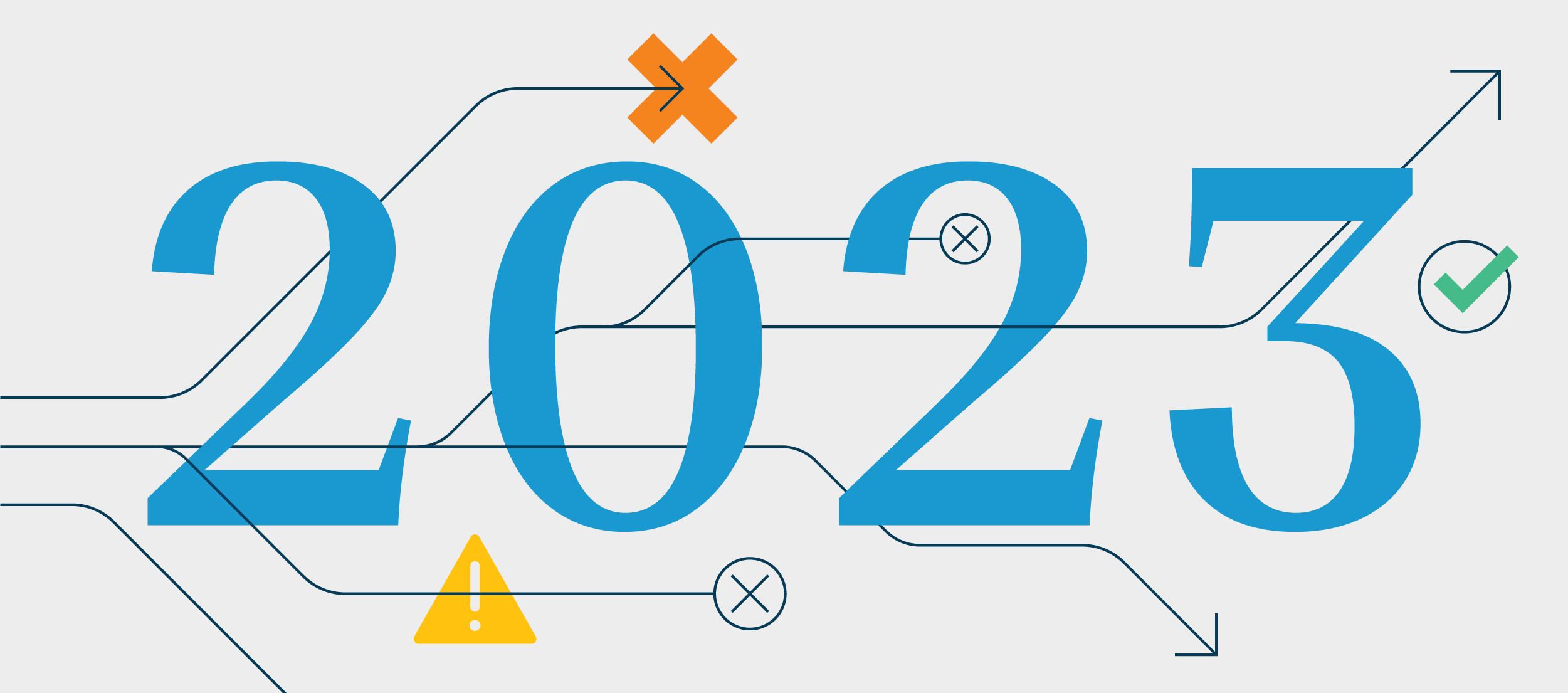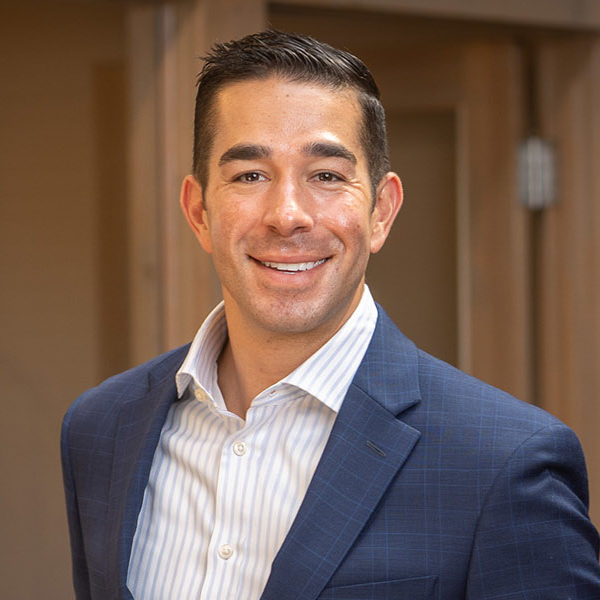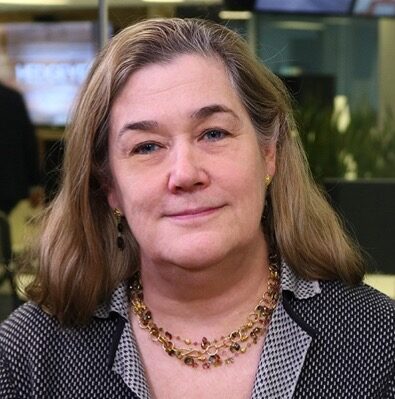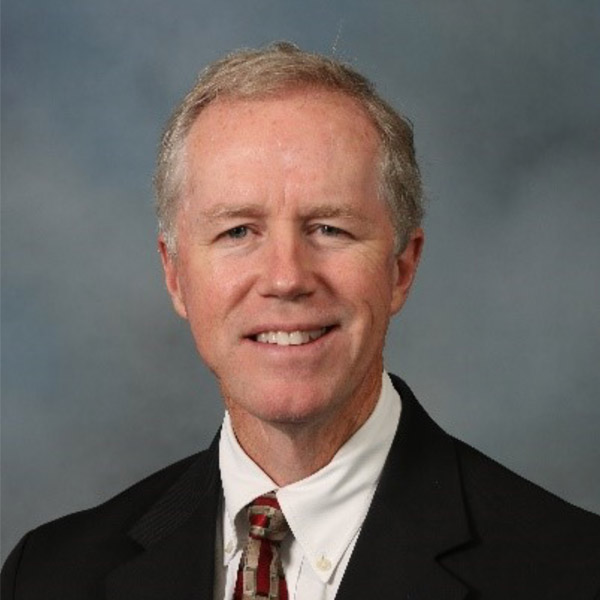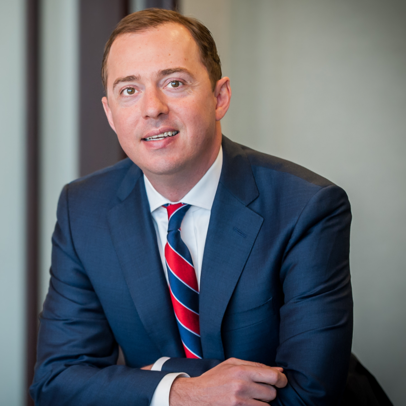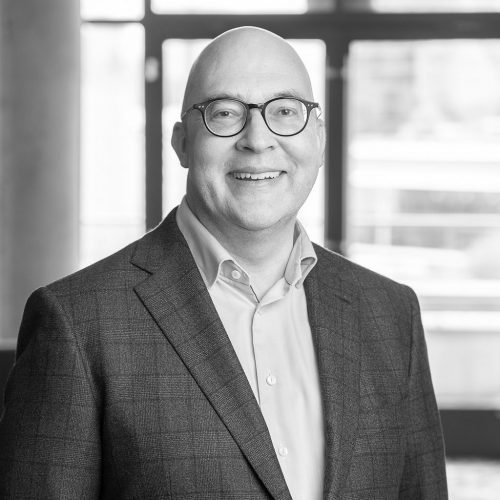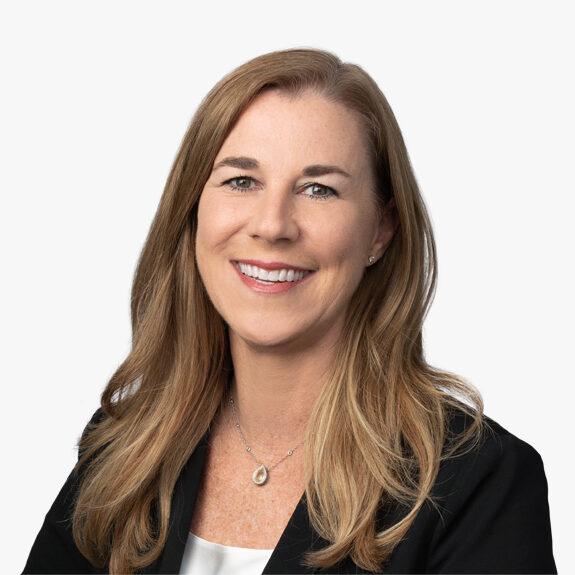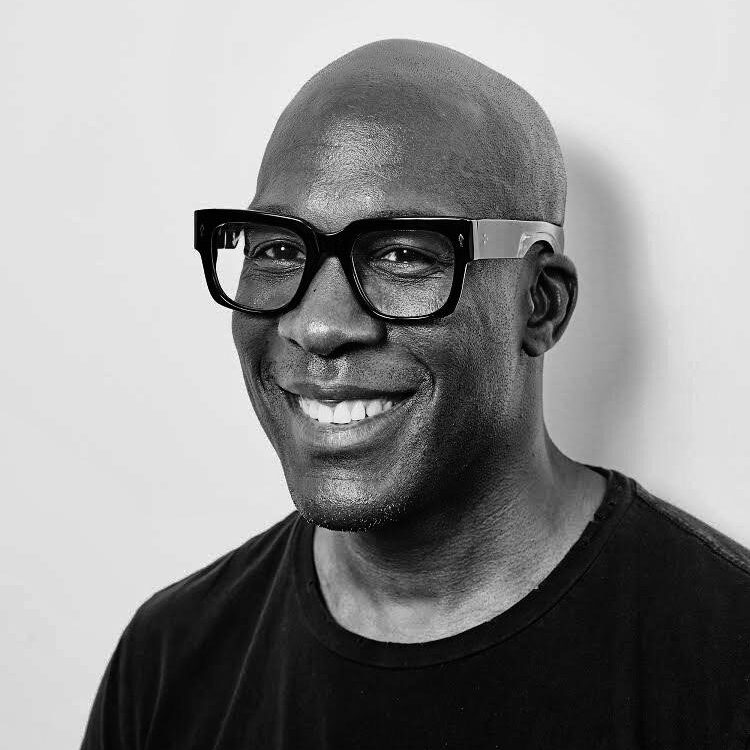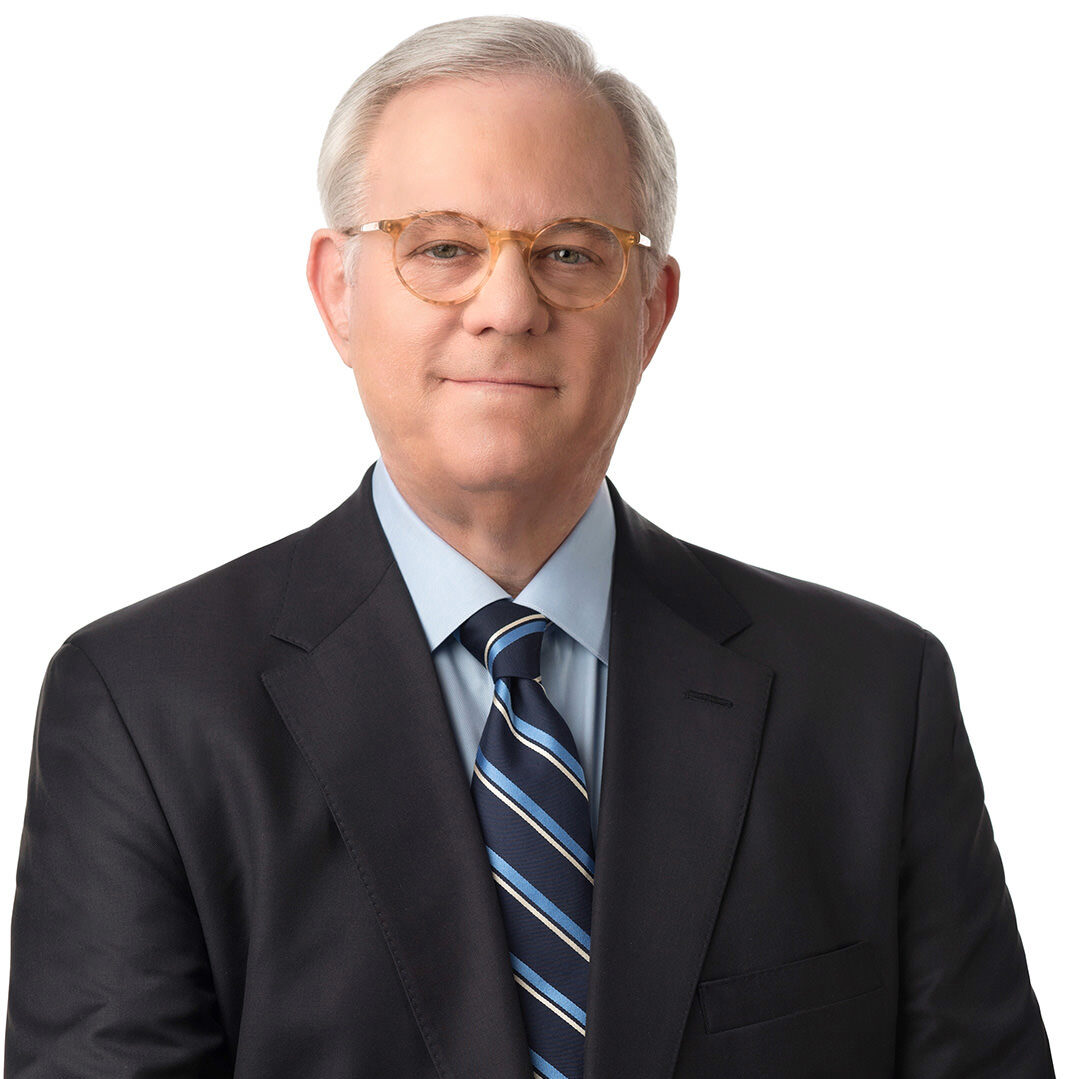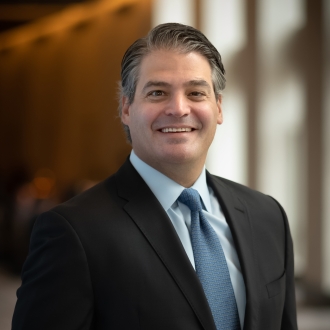
When it comes to finances, payers and providers are operating in two completely different worlds.
The five largest not-for-profit health systems in the country – measured by annual discharges – have operating incomes ranging from $440 million to $1.7 billion. Meanwhile, the largest payers – measured by covered lives – enjoy operating incomes anywhere from $1.3 billion to $28.4 billion.
Provider leadership teams should take this differential into consideration when it comes to contract negotiations and be open to these three takeaways.
- Public perception is skewed. Although the public is far more likely to believe that payers – not providers – put profits over patients, payers typically get a pass when it comes to outcry over U.S. healthcare’s costs and shortcomings because they are nameless and faceless. After all, people don’t walk into their local insurance office to get tonsils removed and flu shots administered.
-
Payers’ deep pockets may give them a negotiating edge over unprepared providers. Payers may be disliked, but they can still deploy their profits to the benefit of their negotiations, pushing public opinion and influencing regulators and lawmakers. This can be effective, particularly if providers stay silent.
-
Turn this potential payer advantage into a weakness. The message about relative profits may resonate with employers and negotiators – who may be better positioned to put pressure on the insurance company.
2. To best leverage public advocacy, focus messaging on how you’re using your resources to help people get the care they need and make their healthcare financial journey easier.
-
Remember, your “David vs. Goliath” view is different from the public’s perception. In your advocacy work, resist the urge to make the debate about your finances. Because while a health system may be the little guy up against a behemoth payer, to individual patients, that same health system looks like Godzilla. Focusing on your position could backfire when community members see two giant organizations that make a lot of money fighting over money—with the patient caught in a tug-of-war in the middle.
3. Know your numbers and be transparent and consistent about them – with all stakeholders. And activate judiciously.
- Know what numbers you’re talking about. Different stakeholders will care about different numbers. For example, employers may be interested in a comparison of your profits and those of the big insurance company you’re up against. They’ll recognize that their rates are going up along with payer profits … even as your margins remain razor-thin or negative.
-
Call out opacity from payers. You can bet on insurance companies use of confusing numbers to their favor. One notable way of doing this is slicing and dicing provider price transparency data in ways that advance the payer narrative. For example: “Nonprofit, government hospitals charge more than for-profit facilities for brain imaging.” Know that they’ll come to the negotiating table with whatever cut of data makes them look weakest so they can push for more.
Need help?
If you’re facing a tense payer negotiation, anticipating one or simply looking to proactively prepare, know that Jarrard’s strategic communications experts can help you build advocacy that turbocharges your negotiating team’s efforts as they drive to a successful outcome.
Contributors: Kim Fox and Teresa Hicks
Image Credit: Shannon Threadgill


